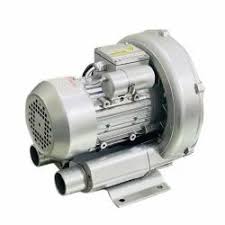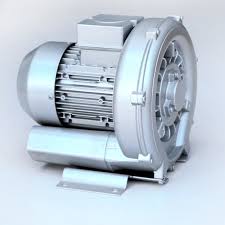roots blower vacuum pump
A Roots blower, also known as a Roots pump or Roots vacuum pump, is a type of positive displacement pump that uses two rotating impellers (lobes) to move fluids or gases. In vacuum applications, it’s used to create a vacuum by pumping out air or gas from a system, often in conjunction with other vacuum pumps like rotary vane or piston pumps to achieve deeper vacuum levels.
Here’s a more detailed explanation:
How it works:
-
Rotating Lobes:Two figure-eight shaped lobes rotate in opposite directions within a housing.
-
Volume Displacement:As the lobes rotate, they trap a specific volume of gas or fluid and move it from the inlet (suction) side to the outlet (discharge) side of the pump.
-
No Contact:The lobes don’t touch each other or the housing, minimizing friction and wear.
-
Vacuum Generation:By continuously moving gas out of a system, the Roots pump lowers the pressure inside, creating a vacuum.
Key Features and Applications:
-
High Pumping Speed:Roots blowers are known for their ability to move large volumes of gas quickly, making them suitable for applications needing rapid evacuation.
-
Used in Tandem:They are typically used in conjunction with other vacuum pumps (like rotary vane or piston pumps) to achieve deeper vacuum levels.
-
Applications:Roots blowers are used in various industries, including metallurgy, degassing, and chemical processing, as well as in pneumatic conveying systems.
-
Not Self-Priming:They cannot start pumping from atmospheric pressure and need a backing pump to initially reduce the pressure before they can start operating effectively.
In essence, a Roots blower is a high-speed pump that enhances the pumping speed and capacity of vacuum systems, especially when used in combination with other vacuum pump technologies.










